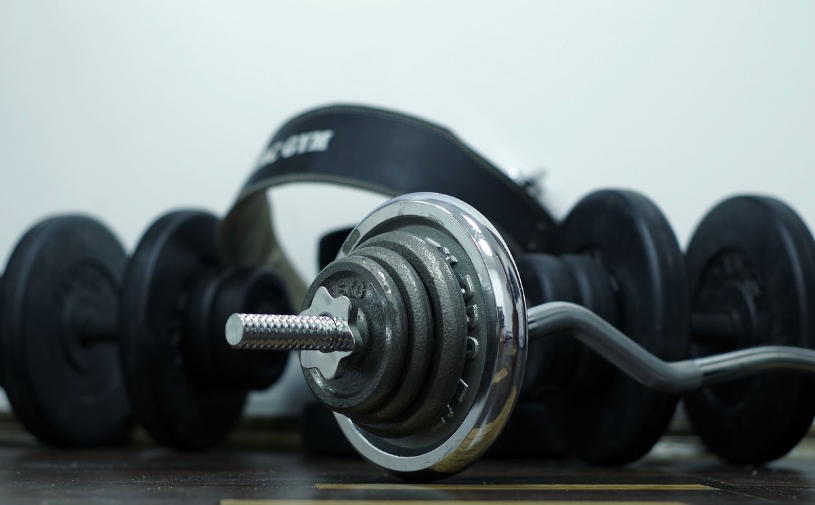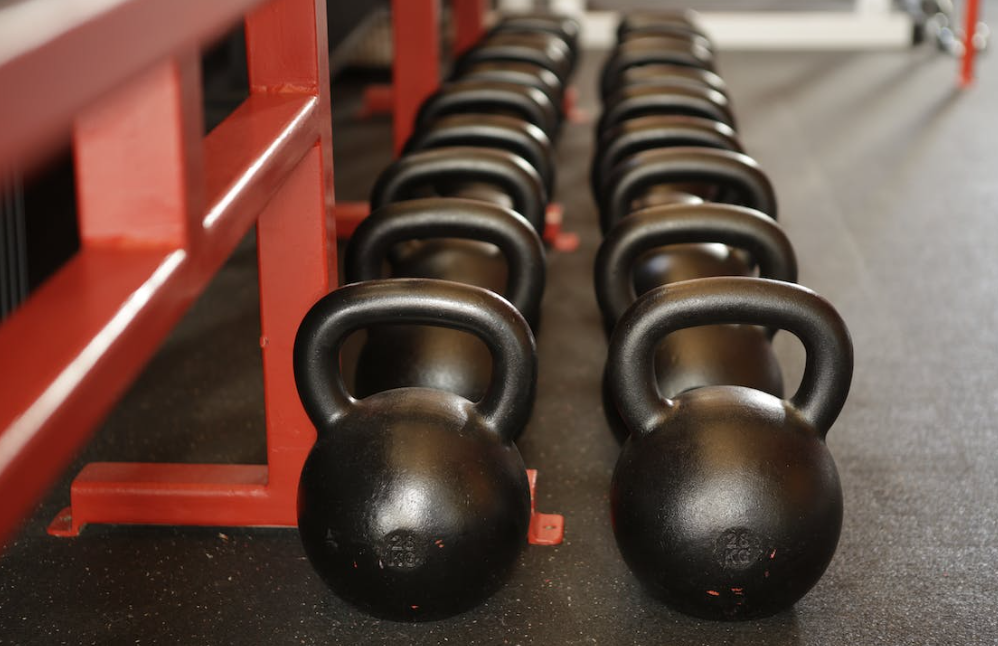Introduction
In a world increasingly focused on physical well-being, the concept of functional fitness has gained significant traction. It’s not just about looking good; it’s about being able to move, perform daily tasks, and meet life’s demands with ease. In this comprehensive guide, we’ll delve into the art of mastering functional fitness, providing you with the tools and knowledge to elevate your physical capabilities to a whole new level.
Understanding Functional Fitness
Functional fitness is more than just a workout routine; it’s a philosophy that focuses on enhancing one’s ability to perform real-life activities with efficiency and ease. Unlike traditional gym workouts, which often isolate specific muscle groups, functional fitness engages multiple muscle groups simultaneously, mimicking the movements we encounter in everyday life.
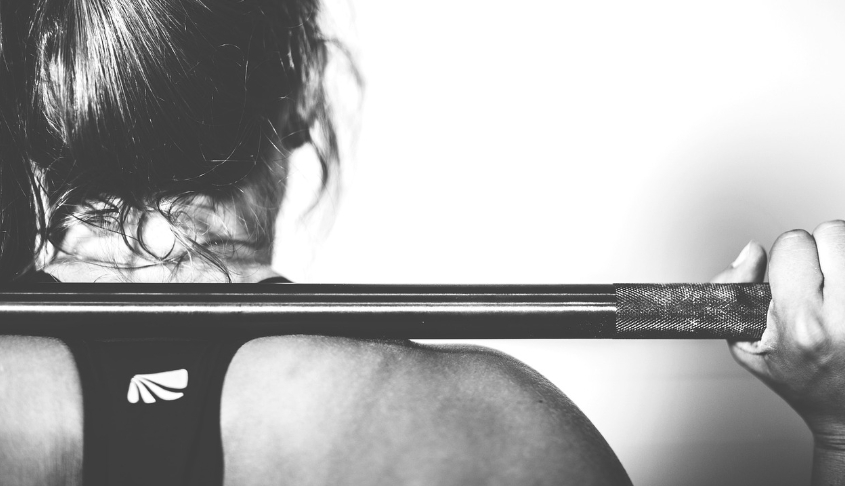
Benefits of Functional Fitness
The benefits of functional fitness extend far beyond the gym. By targeting core components such as strength, balance, flexibility, and endurance, individuals can experience improved mobility, reduced risk of injuries, and increased functionality in their daily activities. It’s about empowering yourself to tackle life’s challenges head-on.
Key Components of Functional Fitness
Functional fitness revolves around four essential components: strength, balance, flexibility, and endurance. Each component plays a vital role in enhancing overall functionality. By incorporating exercises that target these areas, you’ll not only improve your physical capabilities but also build a foundation for a healthier, more active lifestyle.
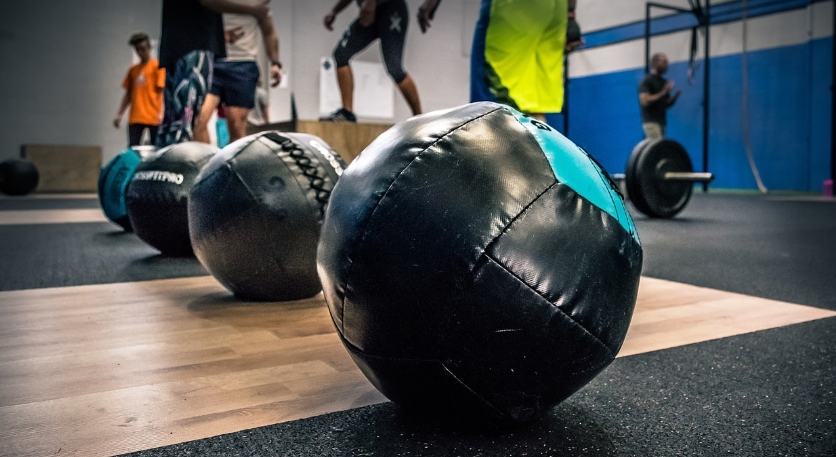
Functional Fitness vs. Traditional Workouts
While traditional workouts often focus on aesthetics and isolated muscle groups, functional fitness takes a more holistic approach. It emphasizes movements that mirror real-life activities, making it a more practical and functional form of exercise. By engaging multiple muscle groups and improving coordination, functional fitness not only builds strength but also enhances overall physical performance.
Designing a Functional Fitness Routine
To embark on your journey towards mastering functional fitness, it’s crucial to tailor your routine to your specific needs and goals. Begin by assessing your current fitness level and identifying areas that require improvement. From there, select exercises that target the key components of functional fitness—strength, balance, flexibility, and endurance. Remember, customization is key to maximizing the benefits of functional fitness.

Core Exercises for Functional Strength
A strong core is the foundation of functional fitness. It not only supports your spine and posture but also enables you to perform everyday activities with ease. Incorporate exercises like planks, squats, and rotational movements to build functional strength in your core. By developing a solid foundation, you’ll experience improved stability and functionality in your movements.
Enhancing Balance and Stability
Balance and stability are essential components of functional fitness, especially as we age. Single-leg exercises and balance drills challenge your body’s ability to maintain equilibrium, reducing the risk of falls and injuries. By incorporating these exercises into your routine, you’ll enhance your proprioception and build a solid foundation for functional movements.
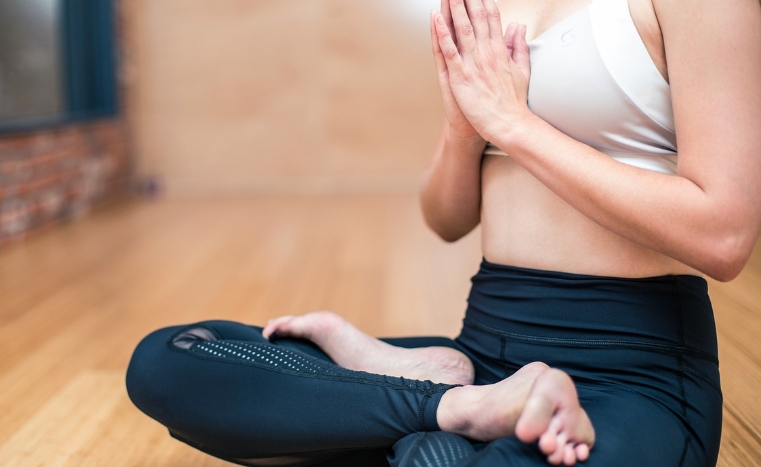
Flexibility and Mobility Exercises
Flexibility and mobility play a crucial role in functional fitness. Dynamic stretches and range of motion exercises improve the fluidity of your movements, allowing you to perform tasks with greater ease. Whether it’s reaching for objects on high shelves or bending to tie your shoes, enhanced flexibility and mobility translate to improved functionality in everyday life.
Functional Cardiovascular Training
Cardiovascular fitness is an integral part of overall functional strength. Incorporating functional movements into your cardio routines not only boosts heart health but also enhances your practical fitness. Activities like kettlebell swings, medicine ball throws, and agility drills engage multiple muscle groups while elevating your heart rate, promoting a balanced approach to fitness.
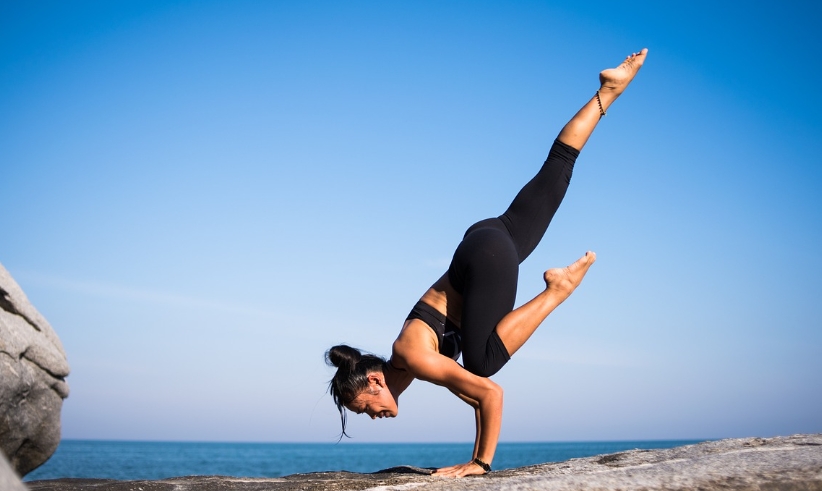
Incorporating Functional Fitness in Daily Life
Functional fitness isn’t confined to the gym—it’s a lifestyle. Integrating functional movements into your daily activities is a powerful way to reinforce your physical capabilities. Whether it’s squatting to pick up a bag of groceries or using proper lifting techniques, practicing functional movements in your day-to-day life enhances your overall functionality and reduces the risk of strain or injury.
Overcoming Common Challenges
As with any fitness journey, there will be challenges along the way. Common misconceptions about functional fitness may deter some individuals from embracing this approach. It’s essential to address these misconceptions and highlight the practical benefits of functional fitness. Additionally, staying motivated and consistent can be a challenge, but with dedication and a clear understanding of the benefits, you can overcome any obstacles.

Tracking Progress and Setting Goals
Setting specific, measurable goals is crucial to your success in mastering functional fitness. Establishing benchmarks allows you to track your progress and celebrate your achievements along the way. Whether it’s increasing the duration of a plank or improving your balance in a single-leg stance, each milestone brings you closer to optimal functional strength.
Nutrition and Functional Fitness
Fueling your body with the right nutrients is essential for optimal performance in functional fitness. A balanced diet rich in lean proteins, whole grains, fruits, and vegetables provides the energy and nutrients needed to support your workouts. Hydration is equally important, as it ensures your muscles and joints function efficiently during exercises.
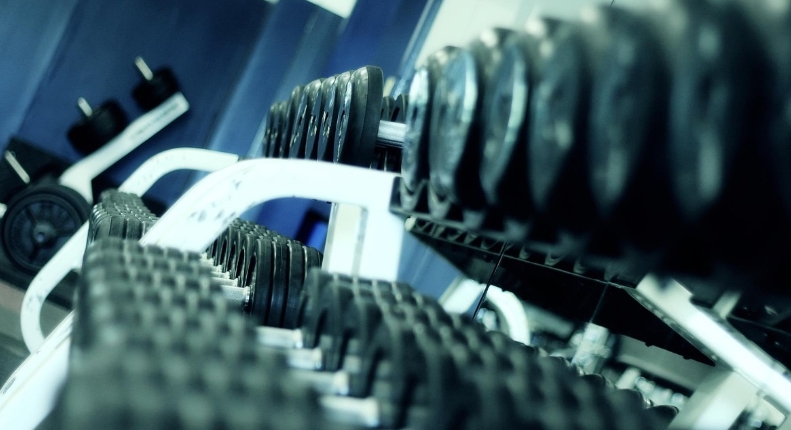
Conclusion
Mastering the art of functional fitness is not just about sculpting a strong physique; it’s about empowering yourself to lead a life of increased functionality and vitality. By understanding the core principles and incorporating key components of functional fitness into your routine, you’re setting the stage for a more active, confident, and capable you.
